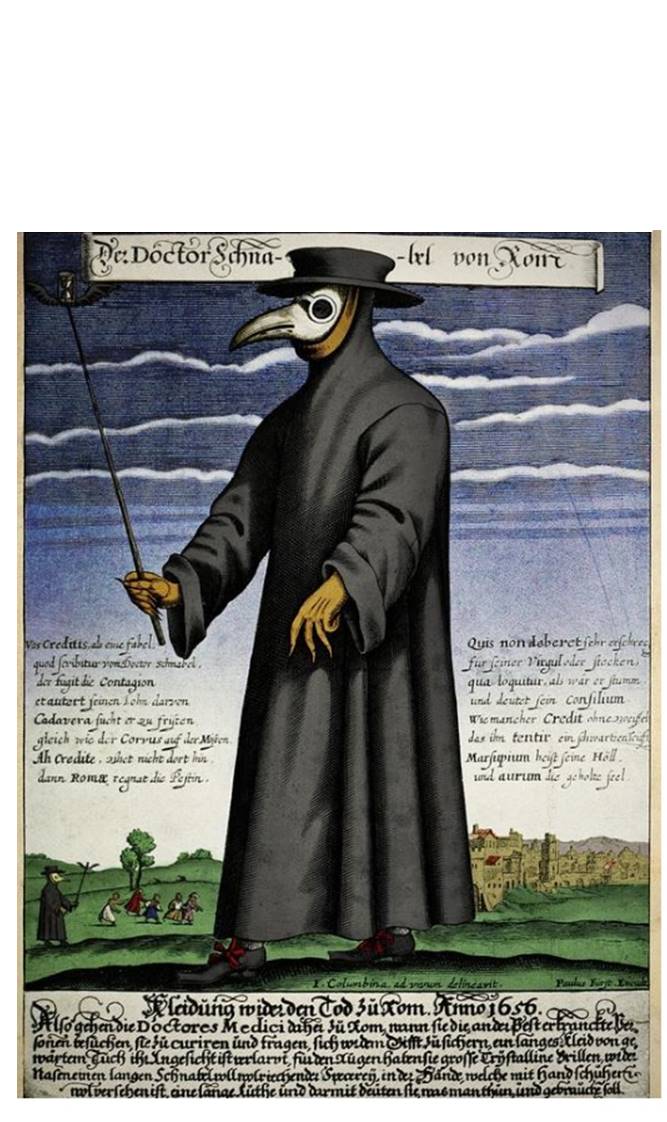Cooler weather at last – A raccoon in Fairfax – A cautionary tale about COVID – Evening statistics
It was truly autumnal weather today: mainly in the high 60s, 71 degrees at the most during the warmest part of the afternoon, and brisk enough in the morning to warrant donning a jacket. During the preceding evening as well, it was cool enough to sleep comfortably under blankets with the windows open. On the other hand, the sky lacked the clarity that we have, most unusually, been seeing for the entire summer. It was more typical of the bleached appearance we normally see during late summer than previous days have been: rather hazy, with greyish overtones, despite being cloudless. The smoke from the wildfires in the West appears to be the cause; it has drifted over 2500 miles to blight our area as well, even though it is somewhat dissipated by this time.
The cooler temperatures seem to have made wildlife a bit more active. When walking close to City Hall today to perform various errands, I saw a raccoon scampering across the street. Its forearms were much shorter in proportion to its hind legs, so that it had the appearance of a four-legged animal making an attempt to walk on two legs and not quite succeeding. It was a bit startling to see one in broad daylight on the streets, for they are generally nocturnal (although they frequently visit well-populated areas, being attracted by the refuse in garbage cans). I was careful to give it a wide berth, especially as it appeared to hobble a bit, which is often a sign of rabies. It passed by without showing any signs of aggression but it made no attempt to avoid me.
Certain stories about people who contract the COVID virus should be widely circulated as correctives for others who tend to be over-confident about their immune systems on account of their active lifestyle – in which category, incidentally, I include myself. Because I have no underlying conditions, there are times when it seems to me that my chances of contracting the virus are low and that I have less to worry about than most people of my age. But these are illusions. The case of Natalie Hakala is a reminder of how relentless the COVID virus can be.
She was a college student at Concordia University, in her senior year and a practiced distance runner, attaining a time of 2:17 for the 800-meter race. When the university shut down in March, she went back to her family in Eugene, OR, where she self-quarantined for two weeks after her return. She finished her classes online and graduated virtually, while avoiding contact with anyone outside her family. But in July she went camping in the woods with five other friends. Ultimately five of the six campers came down with the virus, but Hakala is the only one who sustained lingering symptoms. When she tried to run, two weeks after she tested positive and was no longer contagious, she could not go more than 100 yards; she not only was winded but she felt contractions in her chest and her heartbeat was racing. Eventually the most trivial tasks, such as preparing coffee in the morning, left her feeling breathless. When matters became so severe that she felt it incumbent to check into a hospital, it was discovered that her lungs had only 79% oxygen saturation (anything under 90% is considered dangerously low). She was diagnosed with costochondritis (inflammation of the cartilage in the rib cage), pericarditis (inflammation of the membrane surrounding the heart), and pleurisy (inflammation of the tissue surrounding the lungs). She is recovering now, but very slowly, and it will be several months before she regains the energy to run again.
So much pertaining to this virus is a mystery; how is that Hakala was so severely affected when her camping friends all endured minor symptoms and are now as healthy as they were before? But one thing is certain: Hakala’s normal state of health was enviable; she was active and vigorous in her daily habits; and she was barely over 20 years of age. “I was taking the virus seriously,” she said of her experience. “But you always think it’s not going to happen to you.” Her mother, who is a physician’s assistant, has a passage on her Facebook page that is worth quoting:
“Many on my Facebook feed think that the death rate from this virus should dictate policy. A very myopic point of view from my experience. This virus also disables people. They are called the long haulers and any age is affected. My daughter was top in her conference in the 800m and cross country at her college last year. Now 7 weeks later, after a 3 day stay in the Covid unit, she still can’t walk across the room without discomfort. 7 weeks and not well. She’s a healthy collegiate runner who now can’t walk across a room, so if you think it’s just a cold or kids get over it easily then you are fooling yourself. This virus does not care and we have no cure.”
Today’s statistics as of 8:00 PM – # of cases worldwide: 29,714,016; # of deaths worldwide: 938,366; # of cases U.S.: 6,787,282; # of deaths U.S.: 200,163. We have passed another unenviable milestone today: our death toll has exceeded 200,000. The epidemiologists now say that this amount will double by the end of the year, and unfortunately this prediction seems only too likely to prove justified. Today alone there were more than 1,000 new deaths.
